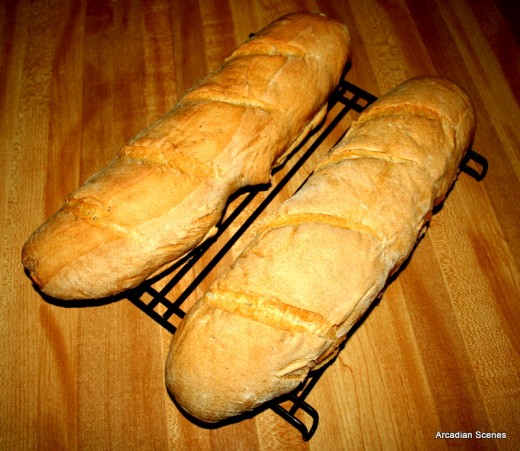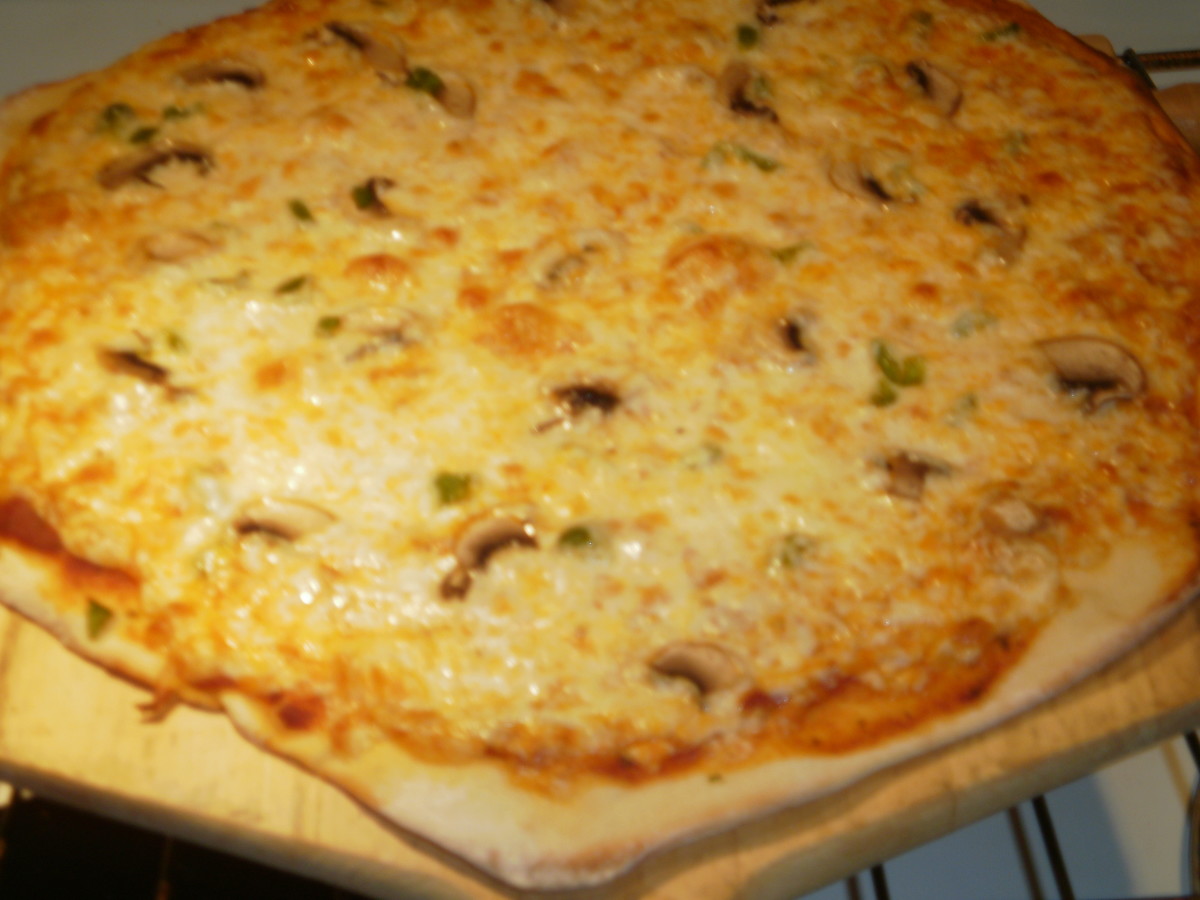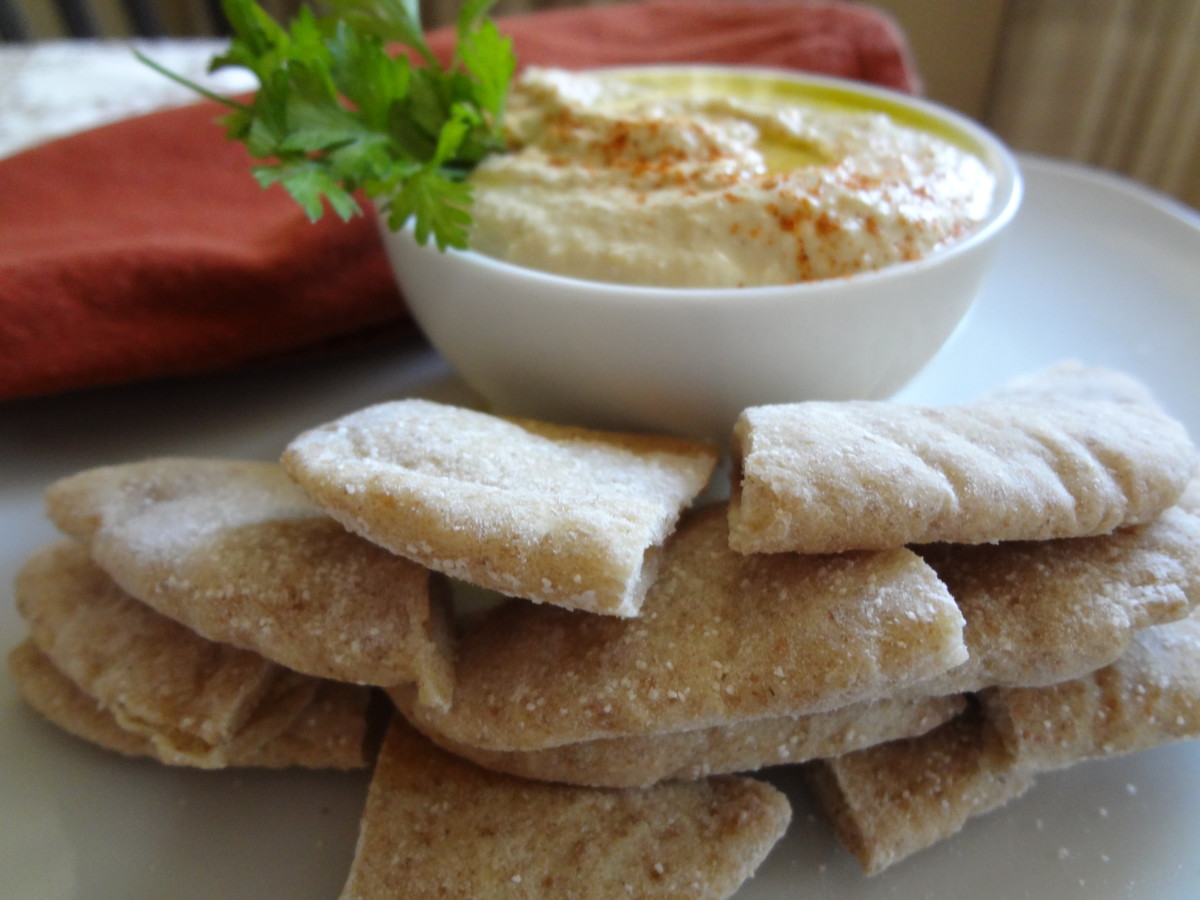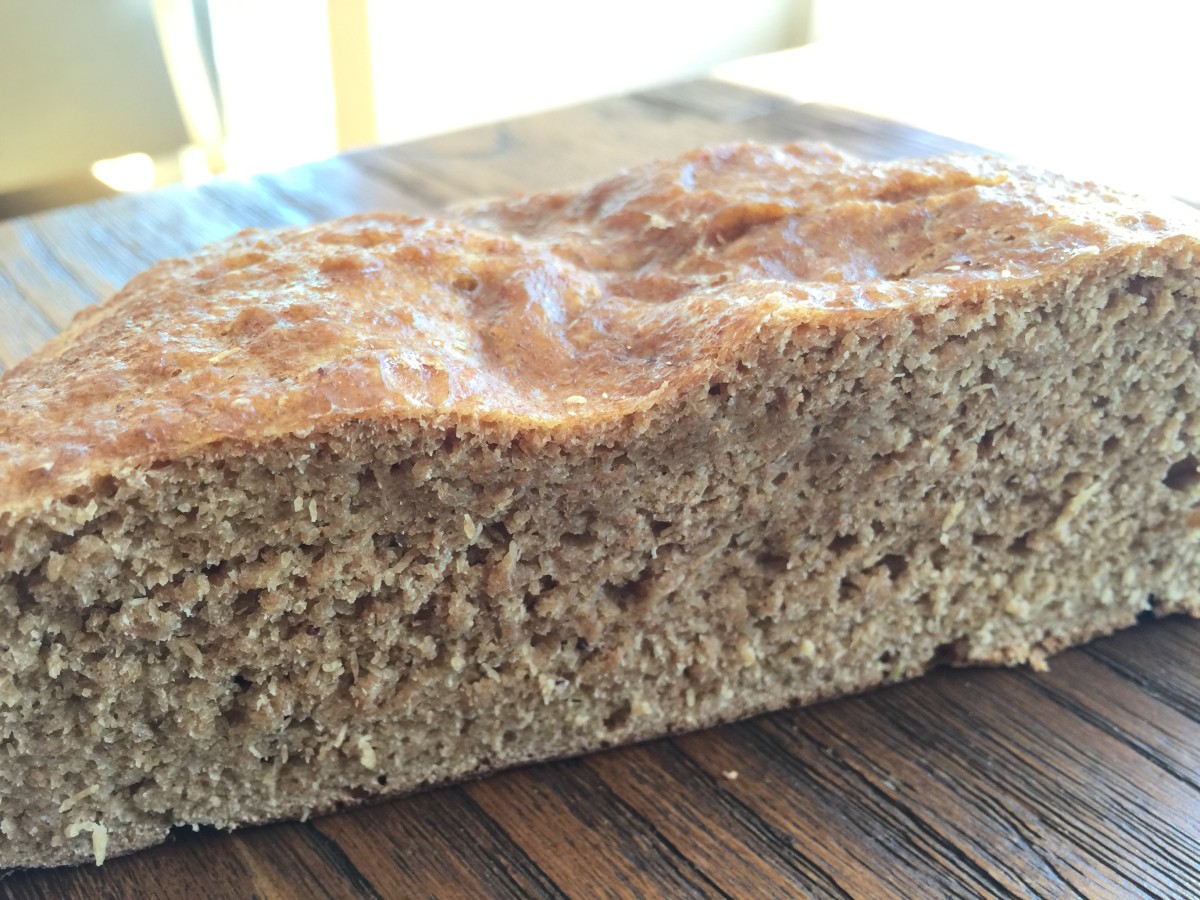French Bread Recipe

Homemade French Bread from Your Kitchen
Real French bread, the long baguettes or the big, round boules, can't be made outside France. Just as real French cooking can be done only within the artisanal system of production and distribution there, real French bread can be baked only within the same environment. Most of the rest of us, for instance, don't have stone ovens with five hundred years' of yeast permeating their surroundings, nor do we have French ingredients readily available. Don't let that discourage you, though. You can make it so only a finicky gourmand would notice, and increasingly the French themselves are compromising their traditional cookery for the conveniences of modern, mass market foodstuffs, so you might say French food ain't what it used to be anyway. Yours will be close as makes no difference.
At first glance, making your own French bread looks difficult. Nothing could be further from the truth. It doesn't take much hands-on time at all, nor does it require a high level of baking skill. You mostly just work at it for a few minutes using easy techniques, then you walk away and let it do its own thing. Anyone with an oven and a few fundamental kitchen items like bowls and baking sheets can do this, so don't be intimidated.
First, a word about flour. It's not all the same. For French bread, you want a protein content of eleven or twelve percent, so read labels. Try different brands. What I have settled on here in America is King Arthur's All-Purpose, or Sir Galahad, or alternatively a 2:1 blend of AP and bread flours, but your taste may vary. Experiment. American all purpose flour tends to yield a "crackling" crust, bread flour a "crusty" crust. Both are good.
Next, a word about water. It's good to filter it. You don't have to, but even if your town's has no discernible taste it has chemicals in it that may react with others in mixing and baking to add mysterious flavors. I just draw mine from the charcoal-filtered drinking water dispenser on my refrigerator.
A stern word about salt: never, ever use adulterated salt. Stick with kosher, plain sea, or some other salt without added iodine or anticaking agent. That stuff tastes vile.
Measure your flour and water by weight, not volume. A baker's formula of 70%, i.e. seven parts liquid to ten dry (let me emphasize that's by weight), is a guide to start. You want a dough wetter than yeast breads usually have, which makes it hard to handle. I knead it in my Kitchen Aid mixer, but if you have anxieties or angers to work out pound the beast. Just keep your hands wet and a scraper handy.
French bread is simple bread, with basic ingredients and no arcane techniques. It has only water, flour, yeast and salt in it. It uses less yeast and a long rise to develop its intoxicating texture and taste.
This method uses steam to develop that special crust you want on French bread. And now, on with the show ...
Ingredients
This is for a pair of baguettes or one boule.
One pound of flour
A generous eleven ounces of lukewarm water
One teaspoon of salt
One scant teaspoon of dry yeast (I like SAF instant)
Procedure
Mix it together and knead it for five or ten minutes. You'll know it's ready when it becomes smooth and elastic. In my Kitchen Aid, it's done when it climbs up the kneading paddle. Put it into an oiled bowl, turn it over so it's coated with the oil all over, and leave it out at normal room temperature covered with a slightly damp tea towel. Go off and do something else for a few hours. If you're gone longer than that, don't worry about it. The dough won't care. Let it expand at least 2-1/2 times in volume on the first rise. Don't cut that short, and don't put the dough into an especially warm place. The long rise is crucial to developing the right texture.
When you and it are ready, pour and prod it out onto a lightly floured surface. Do not knead again, in fact try to avoid expelling the bubbles by handling it as lightly as you can. Divide it if making baguettes, or leave it whole for a boule. Shape your loaves gently, holding them up to let them stretch out by their own weight. Put them onto a baking sheet you've both greased and dusted generously with corn meal, or lined with parchment paper. Cover them again, and let them rise until doubled, an hour or an hour and a half. You don't have to watch them. They'll do just fine on their own.
Toward the end of that time, put a pizza stone or big quarry tile, if you have one, on the middle rack of the oven, and a baking pan on the rack below it. Let it all heat up thoroughly to 425F. That will take at least twenty minutes. Put a kettle of water on the stove to boil. When it does, put some hot (not boiling, if the bottle is plastic or plain glass) water into a spray bottle.
Uncover your loaves and slash them lengthwise once, crosswise several times, with a very sharp knife or a razor blade. As quickly as you can, open the oven door and pour boiling water into the pan on the lower rack. It'll shoot steam vigorously, so be careful not to let your hand get scalded. If you put the baking stone into your oven, dust it with more corn meal, and then gently slide the loaves directly onto it (this is where that grease and corn meal on the pan come in handy, so the loaves don't stick too badly). If not, just put the sheet pan with the bread onto the upper rack. Working quickly, spray the sides and bottom of the oven with the bottle of water to create more steam, and close the door. Turn the heat down to 400. After half a minute, open the oven and spray it down again. Do that once more after another half minute, then leave the oven closed for ten minutes. By then, the loaves should be firm. Turn them around if your oven doesn't bake evenly. In another ten minutes turn them around again if you need to do that, then let them be. It will take about half an hour of total baking time, including those ten-minute intervals, for them to be done. When they look like they are, thump them to see if they're crusty and sound hollow, or if you're a dedicated fan of Alton Brown stick in a thermometer to see if they're 205 on the inside. Myself, I'm not that picky. I don't care if they're a little one way or the other.
Finish Your French Bread
By "finishing," I mean let it rest. When it comes out of the oven, put it onto a cooling rack for at least half an hour. That lets more moisture escape, slowly, and puts the final touch on that wonderful texture you like in French bread.
Of course, if you're like me, you ignore that advice now and then to cut a couple of slices, slather them in butter, and eat them hot from the oven. Sometimes, I just can't resist that, and I bet you can't, either. It's all right. It's your bread, and you can have it anyway you want.
Enjoy!






